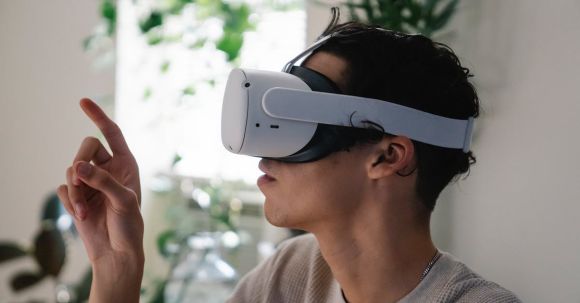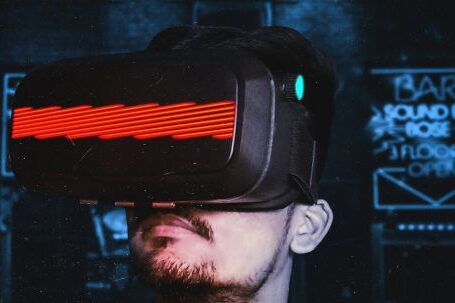Virtual reality (VR) technology has come a long way since its inception. From being a novelty item to now being integrated into various industries, VR has experienced tremendous growth in recent years. This article will explore the innovations that are driving the growth of VR technology and shaping its future.
Enhanced Graphics and Display Technology
One of the key innovations driving the growth of VR technology is the continuous improvement in graphics and display technology. VR headsets now offer high-resolution displays with increased pixel density, allowing for a more immersive and realistic experience. The advancements in graphics processing units (GPUs) have also contributed to the improved visual quality in VR. These innovations have made VR experiences more engaging and enjoyable for users.
Wireless Connectivity and Mobility
Another innovation that has fueled the growth of VR technology is the development of wireless connectivity and mobility. Early VR systems required users to be tethered to a computer, limiting their movement and overall experience. However, with the introduction of wireless VR headsets, users can now move freely within a designated area, enhancing the sense of immersion. This advancement has opened up new possibilities for VR applications, particularly in gaming and virtual training scenarios.
Hand and Body Tracking
Hand and body tracking technology is another significant innovation that has propelled the growth of VR. In the past, VR experiences were primarily limited to head movements and controller inputs. However, with the introduction of advanced tracking systems, users can now interact with virtual environments using their hands and even their entire bodies. This level of immersion and interactivity has made VR experiences more intuitive and lifelike, further driving the popularity of VR technology.
Haptic Feedback and Sensory Integration
Haptic feedback, which provides physical sensations to users, has greatly enhanced the realism of VR experiences. Innovations in haptic technology have allowed for the integration of touch, vibration, and even temperature feedback into VR systems. This sensory integration adds another layer of immersion and engagement, making VR experiences more dynamic and compelling. From feeling the recoil of a virtual gun to experiencing the sensation of raindrops, haptic feedback has revolutionized the way users interact with virtual environments.
Improved Content Creation Tools
The growth of VR technology can also be attributed to the development of improved content creation tools. In the early days of VR, creating virtual experiences required specialized knowledge and skills. However, with the advent of user-friendly VR content creation tools, more individuals and businesses can now create their own VR content. This democratization of content creation has led to a wider variety of VR experiences, catering to different interests and needs. It has also fostered innovation and creativity within the VR industry, driving its overall growth.
Conclusion: The Future of VR Technology
As VR technology continues to evolve, we can expect to see further innovations that will shape its future. From advancements in display technology to more sophisticated tracking systems, the potential for VR seems boundless. The growth of VR technology is driven by continuous improvements in hardware, software, and content creation tools. As these innovations become more accessible and affordable, we can anticipate VR becoming more mainstream and integrated into various aspects of our lives. Whether it’s in gaming, education, healthcare, or entertainment, VR technology is poised to transform the way we perceive and interact with the digital world.




